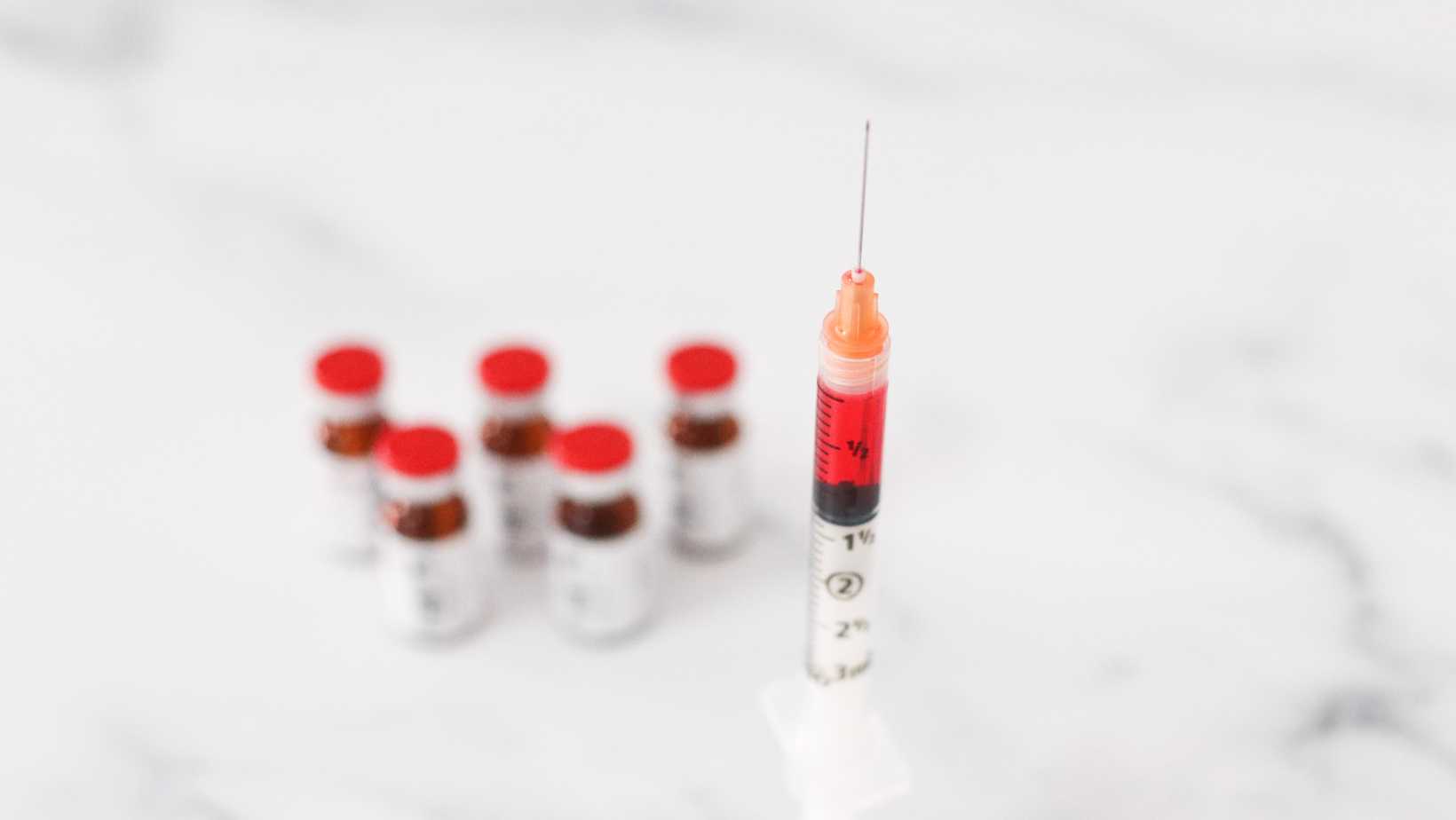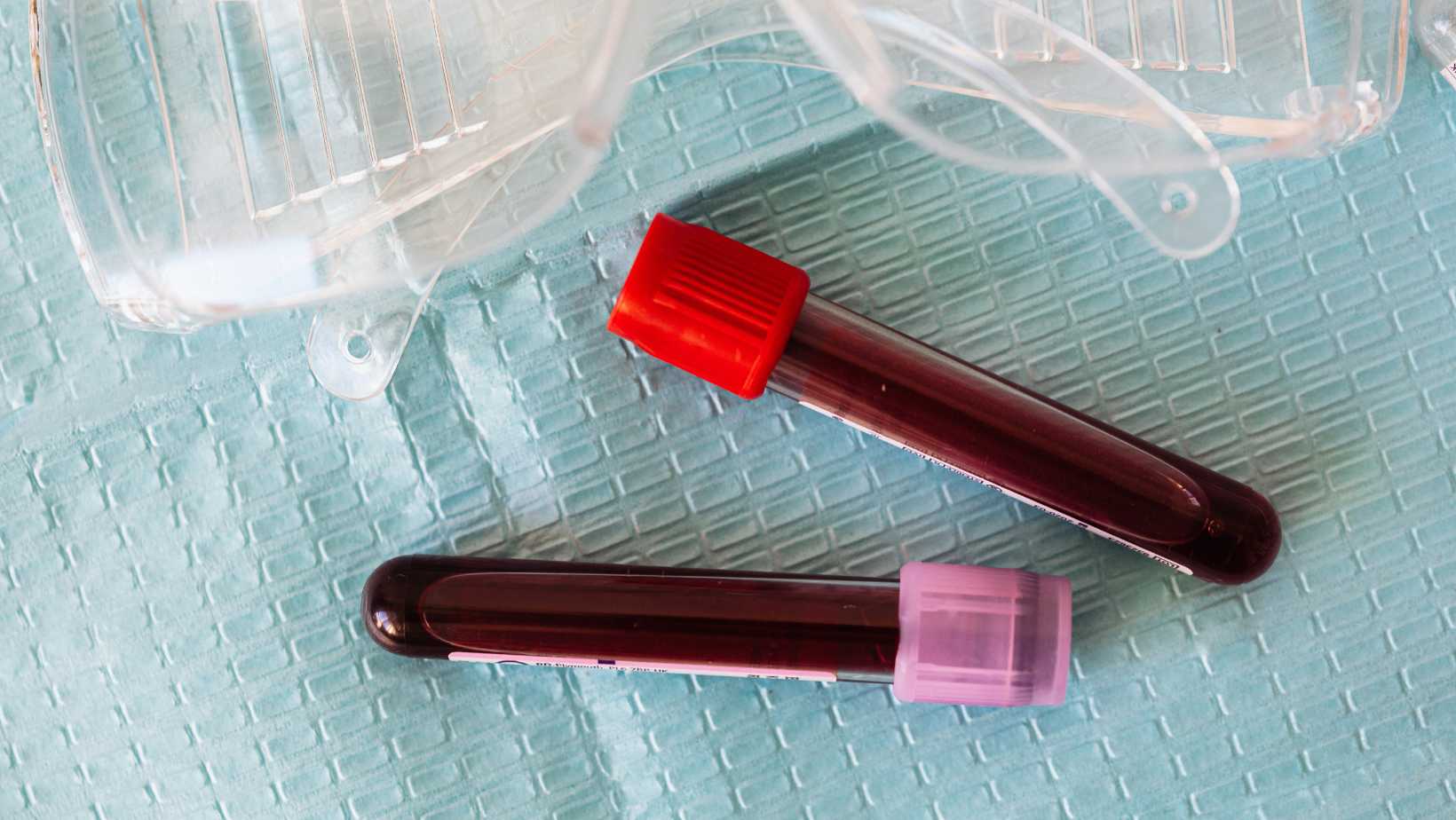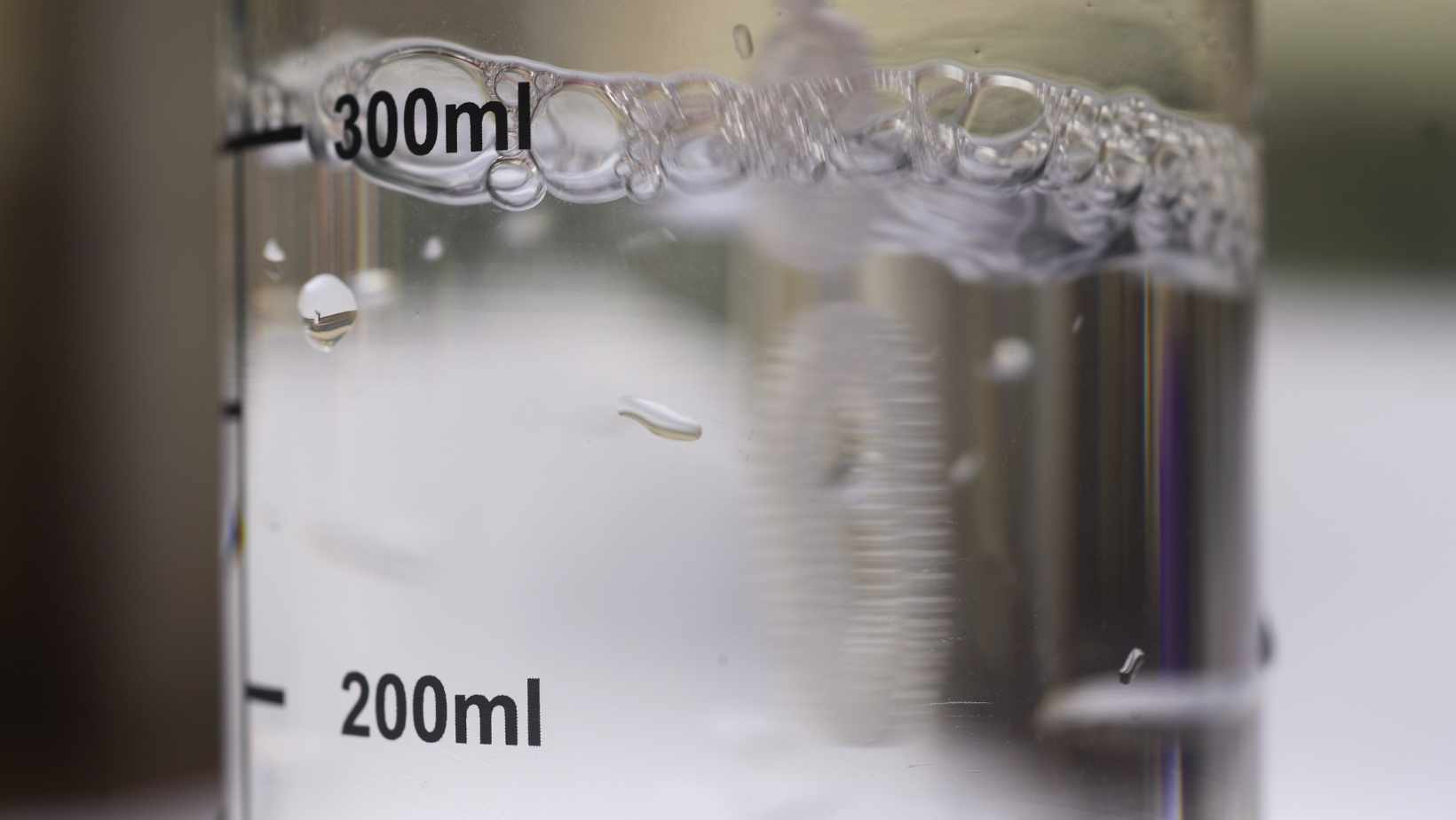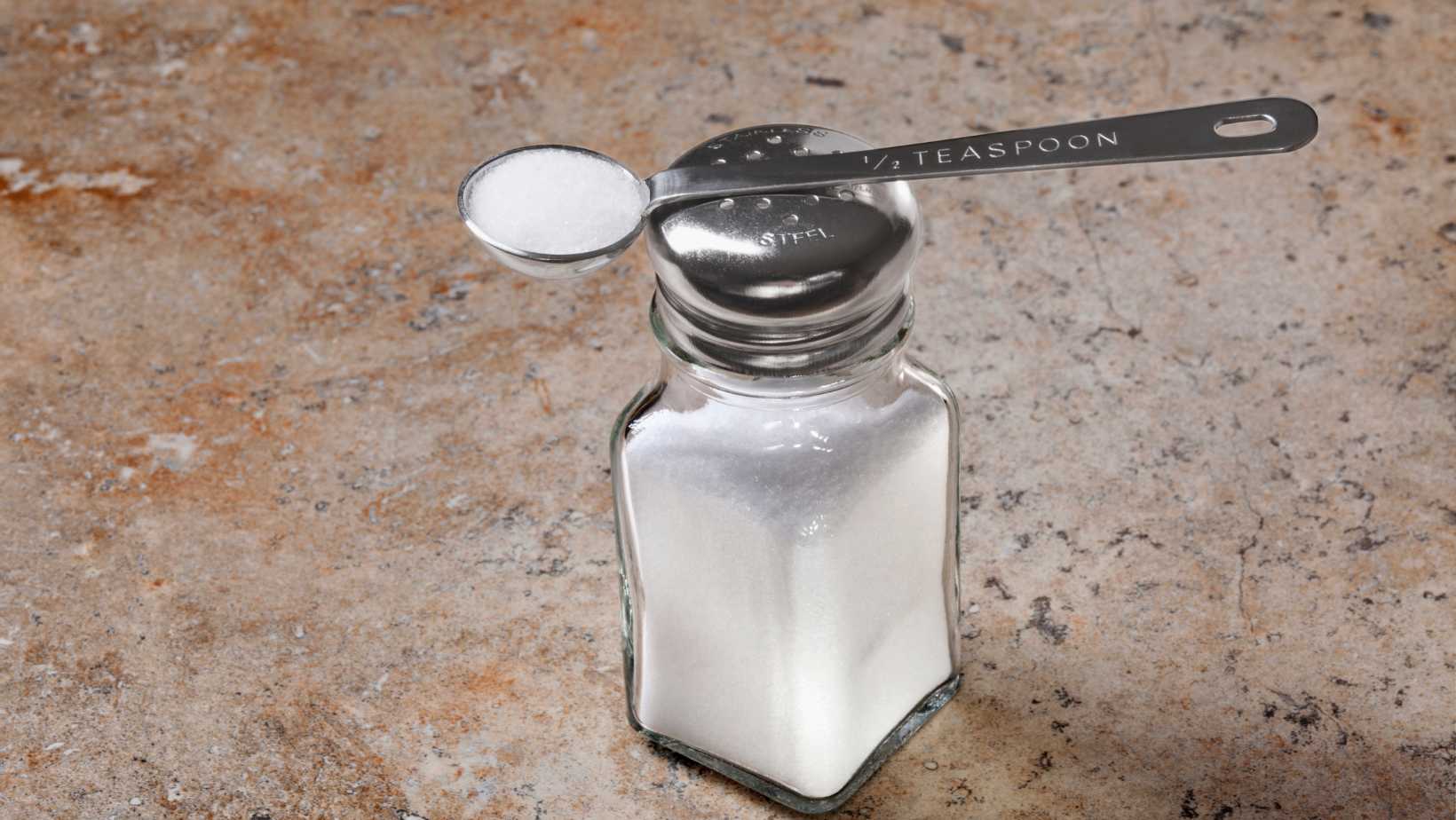How Many ML in a Blood Vial: A Quick Guide

Curious about the volume of a blood vial? Wondering how many milliliters it can hold? Well, let me fill you in on this important detail. When it comes to the size of a standard blood vial, it typically holds around 5 milliliters (ml) of blood.
The capacity of a blood vial is crucial for accurate and efficient medical testing. With 5 ml being the common size, healthcare professionals and laboratories are able to collect an adequate amount of blood for various diagnostic procedures. This standardized volume ensures that there is enough sample available for analysis while minimizing the risk of contamination or waste.
Understanding the volume measurement in a blood vial helps healthcare providers determine the appropriate sample size needed for specific tests. Whether it’s conducting routine screenings or investigating complex health conditions, having just the right amount of blood in each vial plays a significant role in obtaining reliable results.
How Many Ml In A Blood Vial
When it comes to understanding blood vials, it’s important to know that there are different types available. These variations can serve various purposes and have specific features tailored to meet the needs of medical professionals. Some common types include:
- Serum Separator Tubes (SST): These vials contain a gel barrier that separates the serum from the blood cells once centrifuged. This separation allows for easier analysis and testing, as it eliminates interference from clotting factors.
- Ethylenediaminetetraacetic Acid (EDTA) Tubes: EDTA tubes contain an anticoagulant called ethylenediaminetetraacetic acid, which prevents the blood from clotting by binding calcium ions required for coagulation. These vials are often used for hematological tests.
- Heparin Tubes: Heparin is another type of anticoagulant commonly used in blood vials. It works by inhibiting thrombin formation and preventing clotting. Heparin tubes are typically utilized for specialized tests such as arterial blood gas analysis.

Factors Affecting The Volume Of A Blood Vial
Several factors can influence the volume of a blood vial used in medical settings:
- Test Requirements: Different laboratory tests may necessitate varying amounts of blood samples. Some tests may only require a few milliliters, while others may need larger volumes to ensure accurate results.
- Patient Condition: The patient’s health and medical condition also play a role in determining the volume of blood required. For instance, individuals with certain conditions or diseases may need more extensive testing, which could necessitate larger blood samples.
- Testing Frequency: In some cases, patients who require regular monitoring or chronic disease management might undergo frequent blood tests. To minimize discomfort and potential complications from repeated venipuncture, smaller-volume vials may be used for these routine procedures.
Understanding the different types of blood vials available, the standard volume ranges, and the factors influencing their usage can help healthcare professionals select the appropriate vial for specific diagnostic purposes. By ensuring accurate sample collection and maintaining patient comfort, these vials contribute to effective medical care and reliable test results.
The Importance Of Measurement Units
When it comes to the medical field, accurate measurements play a crucial role in ensuring proper diagnosis, treatment, and research. In the case of blood vials, understanding how many milliliters (ml) they contain is of utmost importance. Let’s delve into why measurement units are vital in this context.
- Standardization: The use of consistent measurement units allows for easy comparison and analysis across different samples or studies. It ensures that healthcare professionals can communicate effectively and interpret results accurately. In the case of blood vials, knowing the exact volume in milliliters helps maintain consistency and reliability in laboratory procedures.
- Dosage Accuracy: Precise measurements are essential when administering medications or treatments based on blood samples. Whether it’s calculating the correct dosage for medication or determining appropriate transfusion volumes, having accurate ml measurements ensures patient safety and optimal outcomes.
- Research Integrity: Scientific research heavily relies on accurate data collection and analysis. Using standardized measurement units like milliliters enables researchers to draw meaningful conclusions from their experiments or clinical trials. It allows for better collaboration between scientists, facilitates replication of studies, and enhances overall research integrity.
- Quality Control: The healthcare industry has stringent quality control measures to ensure accuracy and reliability throughout various processes. By adhering to specific ml measurements in blood vials, laboratories can maintain consistency in sample handling protocols, reduce errors, and uphold high standards of patient care.
In conclusion, understanding how many milliliters are present in a blood vial is paramount in the medical field due to reasons such as standardization, dosage accuracy, research integrity, and quality control measures. These precise measurements contribute significantly to effective healthcare practices and advancements in scientific knowledge.




